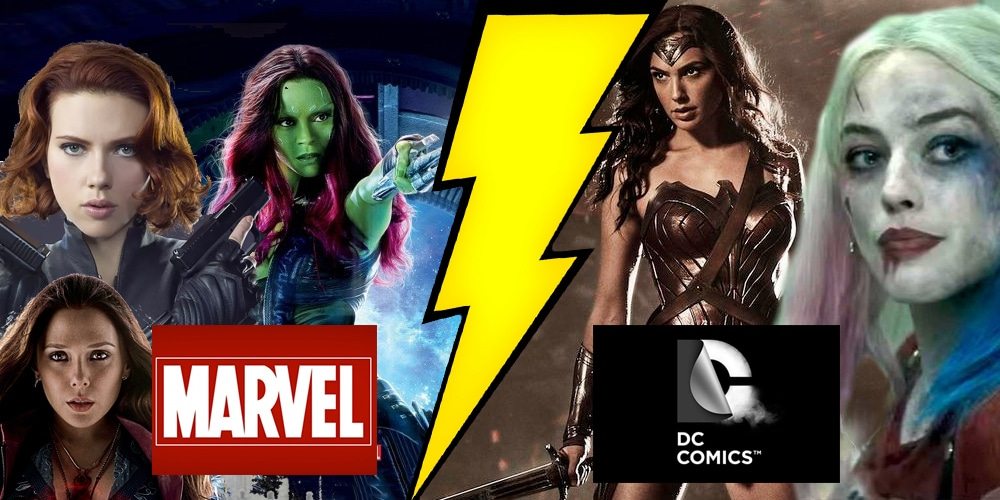
This weekend saw the first strike in an epic battle between comic book monoliths; not a battle between Batman and Superman, but between Marvel and DC. Iron Man‘s success in 2008 led to the Marvel Cinematic Universe (MCU) series of movies and TV series. Their strategy changed for Phase 2, following criticism around low representation of female leads.
Where Marvel stumbled out of the gates, did DC succeed? By introducing Wonder Woman in this weekend’s Batman v Superman: Dawn of Justice, they launched their first female superhero quicker than Marvel did. Even though MCU has a few female heroes, they suffered a black eye by limiting the action figures to male characters. There is a simple measure to tell if a movie manages to make the (lowest) benchmark of female representation in film: the Bechdel-Wallace Test.
The Bechdel-Wallace Test
It can be difficult to tell if a film is empowering of women, since the criteria are usually subjective and open for debate. The Bechdel-Wallace Test attempts to both apply some semblance of objectivity and drawing attention to gender inequality in film. The rules are simple:
- The movie has to have at least two women in it,
- who talk to each other,
- about something besides a man.
Even films that may have a strong female protagonist like Run Lola Run do not pass the test. Conversely, films that pass the test may not be particularly empowering like Anchorman: The Legend of Ron Burgundy. It’s not perfect, but it does create a measure by which we can often see a film’s worth.
For our analysis, we’ll be referencing BechdelTest.com, which maintains a searchable database of films. Active (and sometimes angry) discussions occur on each movie’s page to discuss whether it truly passes or fails in all three conditions. Looking at the first dozen MCU films reveals some interesting facts.

Marvel Phase 1:
Iron Man (2008) FAIL (2/3 passed)
The Incredible Hulk (2008) FAIL (1/3)
Iron Man 2 (2010) PASS
Thor (2011) PASS
Captain America: The First Avenger (2011) FAIL (1/3)
The Avengers (2012) FAIL (1/3)
Marvel Phase 2:
Iron Man 3 (2013) PASS
Thor: The Dark World (2013) PASS
Captain America: The Winter Soldier (2014) PASS
Guardians of the Galaxy (2014) PASS
The Avengers: Age of Ultron (2015) PASS
Ant-Man (2015) FAIL (2/3)
Overall, the score isn’t that good. As well received as all these films were both critically and commercially, only seven of the twelve made the grade. However, all but one of the films in Phase 2 passed. Both Captain America 2 and The Avengers 2 are up for debate (as people love to do on BechdelTest.com), but the intent is still clear. After the first phase of MCU films, Marvel clearly changed strategy to at least begin supporting more gender equality.
Bonus Points:
The DC Cinematic Universe differs from the Marvel counterparts in that interwoven TV series like Arrow and The Flash will not be woven into the movies. Marvel has used the momentum of their successful movie franchise to release several TV series which take place in the same universe. Four have aired so far, and often initiate subplots that lead back into the movies. While individual episodes may or may not pass the Bechdel-Wallace Test, for this grade the TV series needs to have 1) multiple regular female characters who 2) interact and 3) talk about something other than a man.
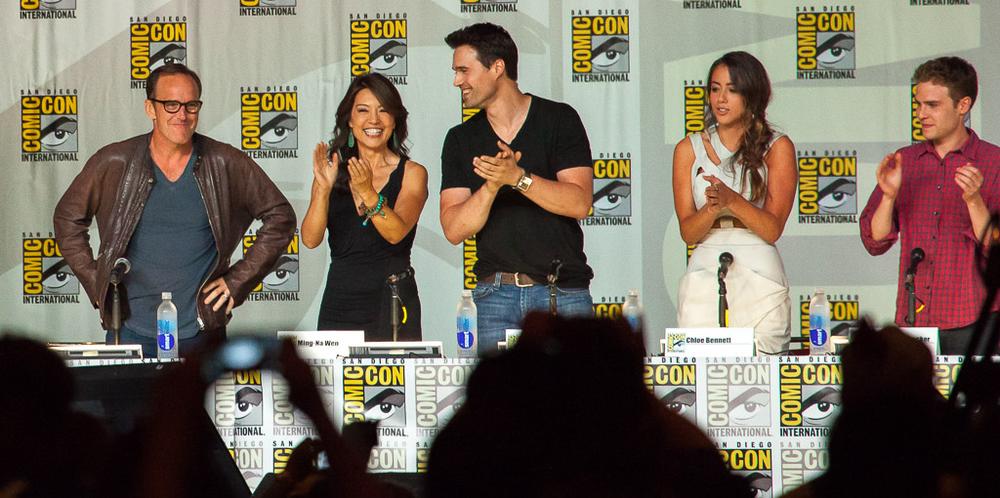
Marvel TV:
Agents of S.H.I.E.L.D. – PASS – The team has remained near to a 50/50 split between male and female characters throughout its run, and regular mission reports provide topics other than male characters.
Agent Carter – PASS – With a female protagonist, there are many scenes where Peggy encounters another woman who is willing to talk about something centered around the plot rather than around a man.
Daredevil – FAIL – Features strong, independent female characters, but there are few scenes where there is more than just one-to-one. The topic never strays from Daredevil or The Punisher.
Jessica Jones – PASS – Overwhelming pass. Every episode is full of scenes with two or more women discussing plot points, subplots, or character development.
As far as the existing TV series go, three out of the four series re-enforce that Marvel’s attitude towards supporting female characters changed with Phase 2.
In spite of two series with female leads the movies still look dim. There’s Black Widow and Scarlet Witch, but they’re parts of an ensemble cast. The Captain Marvel film was pushed back so they could introduce Wasp, but she shares the title in Ant-Man and Wasp. This is where DC may have an opportunity.
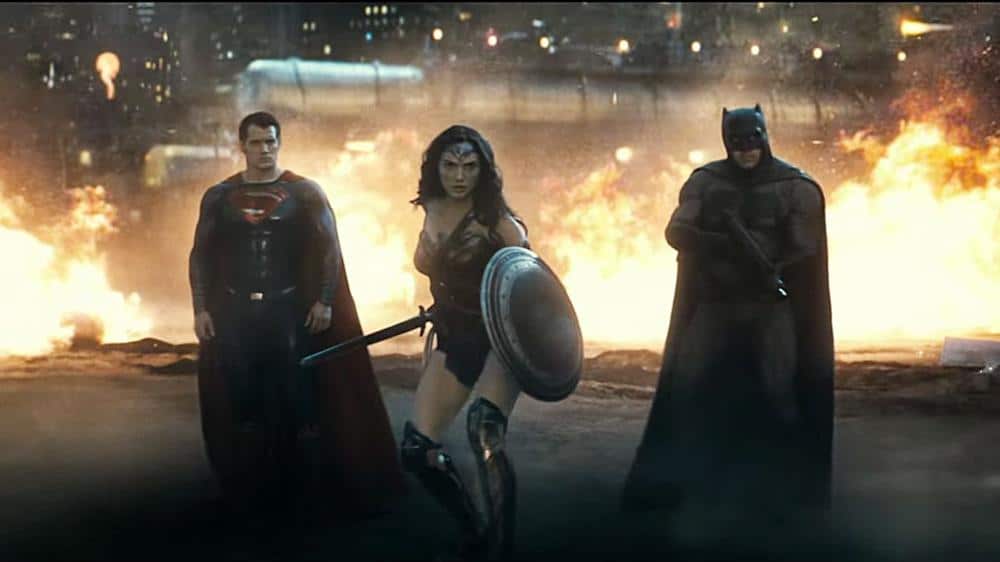
So What About DC?
By showing its hand and releasing the movie line up straight through to 2028, Marvel has given DC the opportunity to get the jump on a more gender-balanced movie line up.
Man of Steel (2013) PASS
Batman v Superman: Dawn of Justice (2016) FAIL (2/3)
Man of Steel passed the test… maybe. There’s communication, but not really the dialogue necessary for many to consider it a ‘pass’. Even so, it did better than MCU’s inaugural film. Iron Man failed to get its female characters to talk about anything other than Tony’s libido.
This weekend’s Batman v. Superman: Dawn of Justice featured Wonder Woman on the big screen for the first time, but failed the Bechdel-Wallace Test. Fellow GeekDad writer Rob Huddleston goes into more detail with his “10 Things Parents Should Know About ‘Batman v Superman: Dawn of Justice.” Like Man of Steel, the “conversation” is decidedly one-way, though the topic remains on one of the male characters.
In the interest of balance, we’ll also allow bonus points for the DC TV series. Even though DC has clearly stated that the TV stories live in a separate universe from the movies (and often from each other), it gives a glimpse at the strategy of the comic book moviemakers when not tied to a specific distributor.
Unfortunately for DC, there’s not much to talk about.
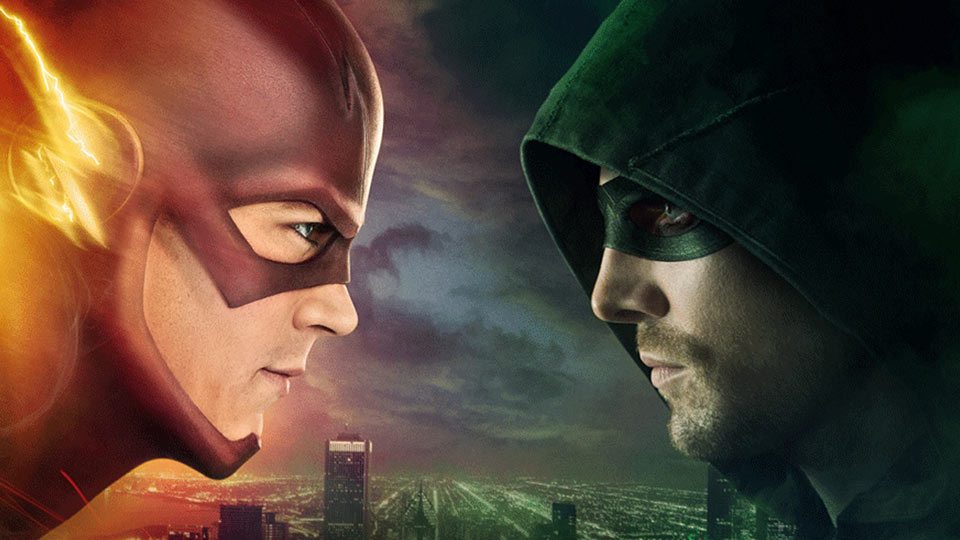
DC TV:
Arrow – FAIL – and The Flash – FAIL – have women’s roles, but while some are strong characters few conversations happen between them that isn’t about their protagonist.
Gotham – FAIL – Almost completely devoid of regular female characters. Some might argue that it’s because it’s a period piece, but that didn’t stop Agent Carter from making the Bechdel-Wallace list.
Legends of Tomorrow – FAIL – Uses an ensemble cast but only a third of the principal cast is female.
Supergirl – PASS – While the dialogue doesn’t usually create strong role models for kids, there are regular conversations between two or more women about plot points.
DC scores only one out of five here.
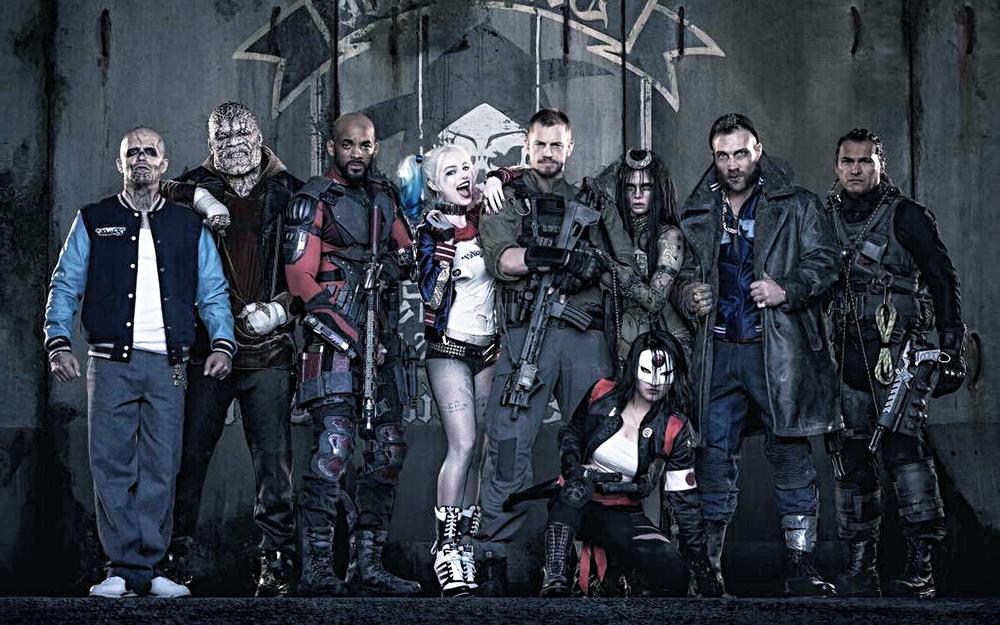
DC’s next theatrical entry will be Suicide Squad, due out in August at the tail end of the Summer Blockbuster season. It might be the same explosion-fest with minimal character depth we saw in Batman v. Superman: Dawn of Justice. While the primary characters are male, at least three key characters are female. It has potential to pass the Bechdel-Wallace Test.
A Wonder Woman film is slated for release next year, while Marvel’s female superheroes will not see lead parts for at least another two years. DC could also score extra points in equality if they use Alan Scott as the Green Lantern for next year’s Justice League movie. Doing so would give DC the first openly gay superhero in a blockbuster film. However, I think the chances of this happening are slim to nil.
Unfortunately, with the dark tone applied to the first two DC films they aren’t as accessible to young, impressionable minds. They could be the most feminist-friendly blockbusters in a generation, but if they’re inappropriate for kids to watch then the effort is lost. DC isn’t doing worse than Marvel did at the outset, but in trying to duplicate MCU’s success they aren’t making many efforts to catch up for lost time.
The battle between these comic book superpowers has only begun. While DC hasn’t lost the fight for gender-balance in their films yet, they sure aren’t winning it.



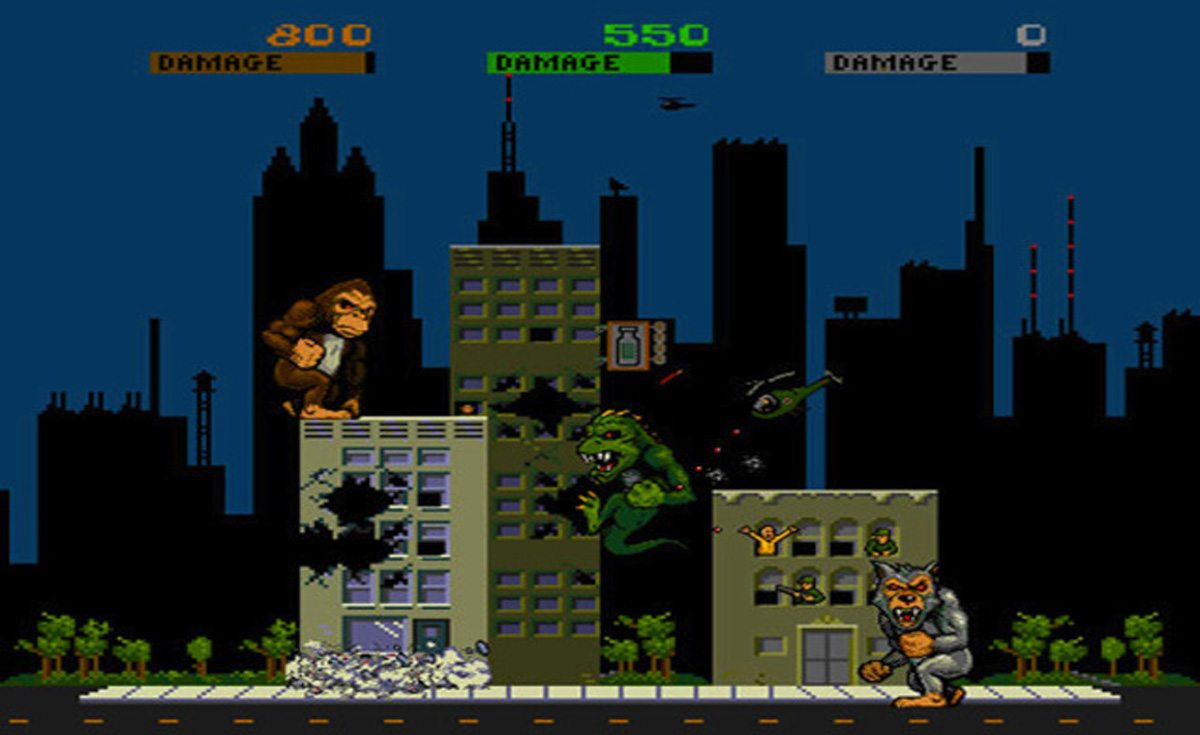
“Which”, not “who”. The two universes aren’t people.
Also, who the hell cares? Just enjoy the damn good movies. The fact that this Bechdel-Wallace Test even needs to exist just shows how narcissistic modern-day feminism has become.
Preach. This politicizing-pseudosocialist bullshit has to stop. This is a form of art. If someone doesn’t like it, they’re free to counter it with their own artwork. But interfering with others’ work with political quotas and similar stuff is insane. This isn’t 1984, people, it’s the current year.
So you’re judging art on its socio-political background rather than on its artistic merits, eh? Good idea, have an example of what happens when you do that: http://i.dailymail.co.uk/i/pix/2015/02/26/261DB1B500000578-2970270-image-a-2_1424957208805.jpg